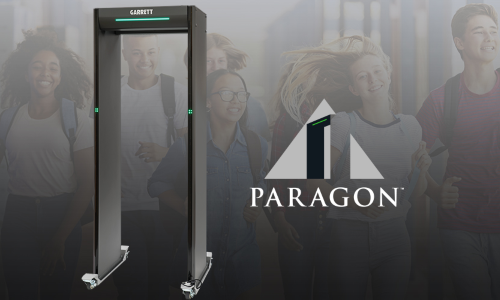For those of us who have pets, the answer to the headline may be nuanced, but it is almost always affirmative.
We understand instinctively that while the bond between a human owner and her pet may not be the same as that between the same human and her children, that pet is still a loved part of the household with a unique contribution to its happiness and success. Often, however, we forget to extend the same courtesy beyond the borders of our homes. When it comes to security, there is the security team and there is everyone else. This kind of thinking is needlessly divisive at best and crippling at worst, like treating the family dog as a stray loose in your house. Here are four groups you need to bring into your security family before your next initiative is launched.
Educators
Working in the Security industry lets you see the good and the bad of security rollouts. When a change is made without the buy-in of school staff, it is like adopting a pet without warning your spouse – a recipe for disaster. Unhappy principals and teachers can easily disrupt or neglect new security initiatives – metal detectors go undeployed, locked doors get propped open, and teacher grumbling destroys student morale.
On the other hand, when teachers are enthusiastic, it is hard to fail. Their diligence and cooperation encourage parents and students, ease the minds of security staff, and reduce the likelihood of security failure through noncompliance.
Parents
As any teacher can tell you, success with children depends heavily on the positive involvement of their parents. This lesson extends beyond the classroom into the security space. When parents are kept up to speed, they can become supporters of your initiatives. Taking the time to educate parents on new initiatives like visitor check-in procedures or weapons screening systems will greatly reduce the friction caused by new security measures.
Beyond simple education, when parents are enthusiastic about your security measures, they will work with you to reinforce the education of another important group in your security family: students.
Students
It is surprisingly easy to overlook how your school’s students feel about security, perhaps because of their comparative age and inexperience. However, more than 90% of the people interacting with your security systems daily will be students at your institution. There is a direct relationship between student buy-in and education on your security plan and the success of that plan.
Especially as more schools roll out screening systems like metal detectors and x-ray machines, students need to know how to interact with your security in a way that is efficient for you and comfortable for them. If there are requirements around contraband or items that require alternate screening, students need to be told repeatedly and in advance. Student frustrations need to be addressed openly and compassionately or they can develop into serial noncompliance, tardiness issues, and upset parents.
Technology
If the human elements discussed earlier are the members of your hypothetical security family, then your security technology is the dog. The dog is here because someone else wanted him, and he does not really have a choice in the matter. He is happy to be included but gets left off the list of family members most of the time. Keeping him happy is secondary, but you want everyone to be happy with him.
Building this security relationship takes intentionality. The education theme that runs through the other categories is all about building that positive relationship with your technology and other initiatives. The screening technologies mentioned in the previous section (metal detection, x-ray screening) are powerful tools when the security family is on board with the process.
While technology cannot advocate for itself, features, aesthetics, and capabilities can all quietly make the case for your security team. School-centric settings, simple user-interfaces, minimal training requirements, low-hassle interactions, and (most importantly) effective protection help you build a cooperative security family that can face the many challenges of the modern K-12 world.
If you are looking for security screening technology that has all of the above, Garrett Metal Detectors is here to help. We have 40 years of experience in the security industry, decades of experience working with schools, and specialized features and pricing to address school needs. Reach out today to talk to one of our school security experts and see how Garrett can be a part of your security family.














